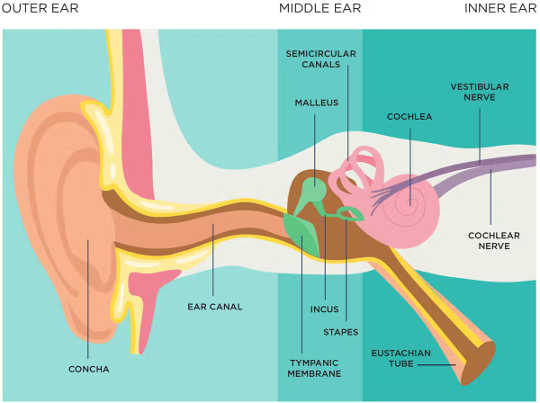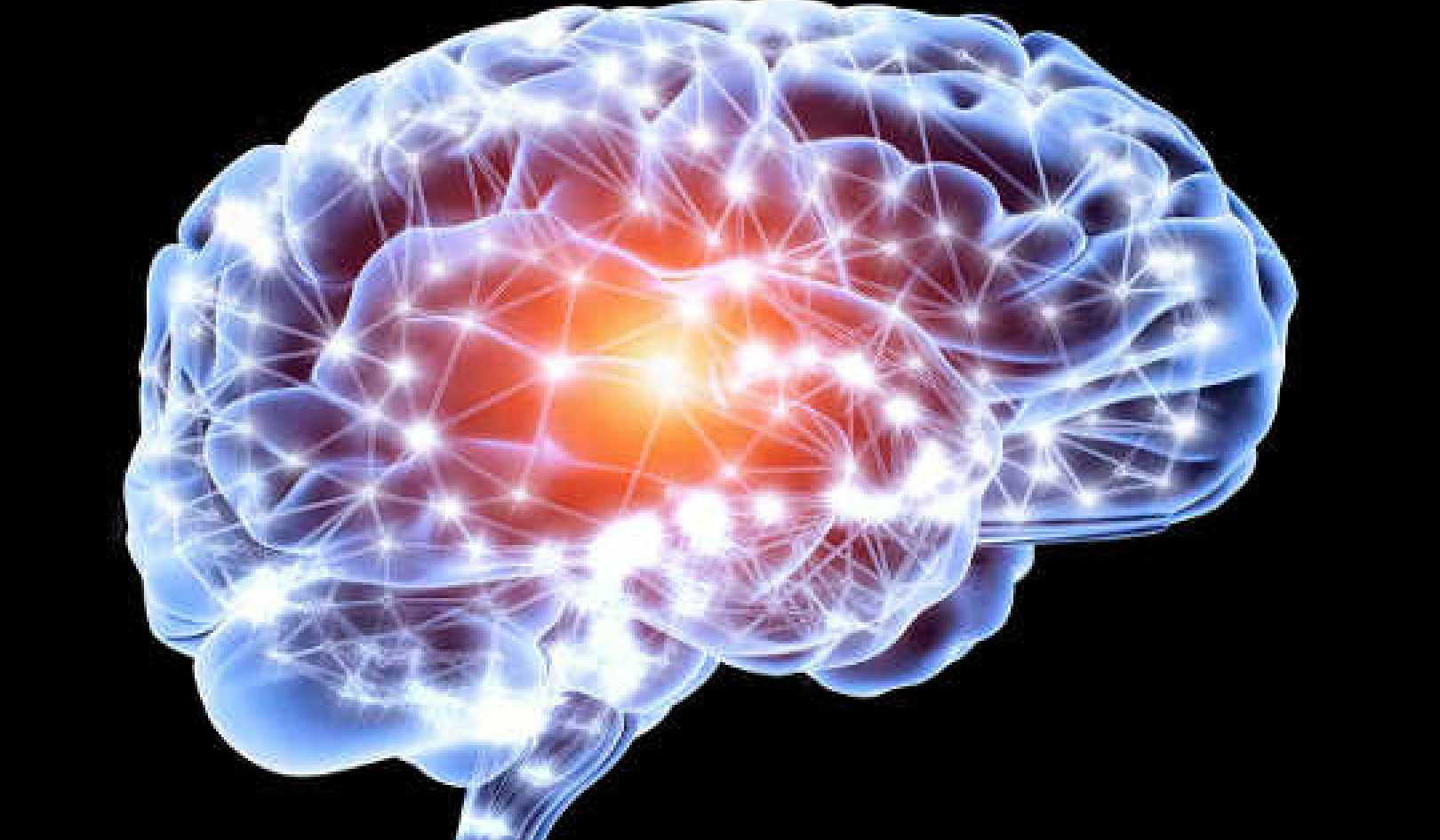
Don’t be hard on your earwax – it’s actually doing an important job. kool99/E+ via Getty Images
Imagine you’re watching TV. Suddenly, your ear feels a little itchy. You stick your pinky finger in there and dig around a bit. You pull it out and stare at the little brownish blob on the tip of your finger.
That’s earwax. This kind of waxy ear booger has plagued people for centuries. Tools to remove earwax from thousands of years ago have been discovered in ancient Roman and at Viking archaeological sites. But if you could snap your fingers and suddenly wish away all the earwax in the world, it might not be as great as you imagine.
I’m a pediatric otolaryngologist – otherwise known as an ear, nose and throat doctor for children. I work at Seattle Children’s Hospital and mainly see kids who have problems with their ears. Sometimes I encounter a patient who has something in their ear that shouldn’t be there – insects, gummy worms and beautiful gemstone beads are some of my personal favorites that I’ve removed. But what I see all the time is a lot of earwax.
Your ear canal is lined with skin cells, as well as different glands that release various substances into the canal. Earwax is produced in your ear canal and is basically a mix of skin cells, sweat and fatty oils. These things mix together to form small – or sometimes rather big – globs of golden-brown gunk. Earwax is found in the outer part of your ear, in the ear canal. Ace2020/iStock via Getty Images Plus
Earwax is found in the outer part of your ear, in the ear canal. Ace2020/iStock via Getty Images Plus
Everyone’s earwax is unique. Some is more pasty, some is dry, some is yellow, brown or black. Scientists have figured out a gene that seems to calibrate how wet or dry your wax is. So, if your wax is really pasty and stinky, it’s another thing you can blame on your parents.
While you might think it is just a nuisance, earwax actually plays some important roles. It helps keep the skin in your ear healthy and moist, and doctors think it may protect the ear canal from infections. If there were no earwax in the world, your ears would feel dry and itchy. You would probably scratch at them constantly and get ear canal infections more frequently.
But maybe you’re convinced a buildup of earwax is making your ears itch – not to mention preventing you from hearing when you’re called to dinner. In that case, is it better to get it out of there?
Many people are tempted to stick something in their ears to try to get wax out and give the ear a nice little scratch. The problem is that while you might get a little wax out, you’re probably pushing more in than you’re extracting. If you keep pushing more and more in, sooner or later your ear canal will be packed and overflowing with waxy goodness
.So what is the best way to remove it? Believe it or not, on its own the ear canal naturally pushes earwax out of your ear. As skin grows in the ear canal, it forms a natural conveyor belt for the earwax. In general, it should slowly migrate to the outside of your ear canal and just fall out when you run around or bathe. When you chew, your jaw movement also seems to help wax come out of your ear.
This is a natural process and a long journey to freedom for those little ear boogers. They want to get out of your ear canal, too, so don’t push them back in by sticking a Q-tip in your ear. Some people mistakenly think lighting a candle by your ear is a great way create a vacuum and suck wax out of your ear. It isn’t – research shows that it doesn’t actually work, so please don’t light any fires next to your head.
Sometimes it can help to use different types of ear drops to soften up wax and help it come out on its own. There are some drops you can buy at the store, and some simple products like mineral oil that can also do the trick. If your ear gets too full of wax, you might need to see your doctor to have it carefully cleaned out. Don’t try this at home!
About The Author
Henry Ou, Associate Professor of Otolaryngology, School of Medicine, University of Washington
This article is republished from The Conversation under a Creative Commons license. Read the original article.
Related Books:
The Body Keeps the Score: Brain Mind and Body in the Healing of Trauma
by Bessel van der Kolk
This book explores the connections between trauma and physical and mental health, offering insights and strategies for healing and recovery.
Click for more info or to order
Breath: The New Science of a Lost Art
by James Nestor
This book explores the science and practice of breathing, offering insights and techniques for improving physical and mental health.
Click for more info or to order
The Plant Paradox: The Hidden Dangers in "Healthy" Foods That Cause Disease and Weight Gain
by Steven R. Gundry
This book explores the links between diet, health, and disease, offering insights and strategies for improving overall health and wellness.
Click for more info or to order
The Immunity Code: The New Paradigm for Real Health and Radical Anti-Aging
by Joel Greene
This book offers a new perspective on health and immunity, drawing on principles of epigenetics and offering insights and strategies for optimizing health and aging.
Click for more info or to order
The Complete Guide to Fasting: Heal Your Body Through Intermittent, Alternate-Day, and Extended Fasting
by Dr. Jason Fung and Jimmy Moore
This book explores the science and practice of fasting offering insights and strategies for improving overall health and wellness.























